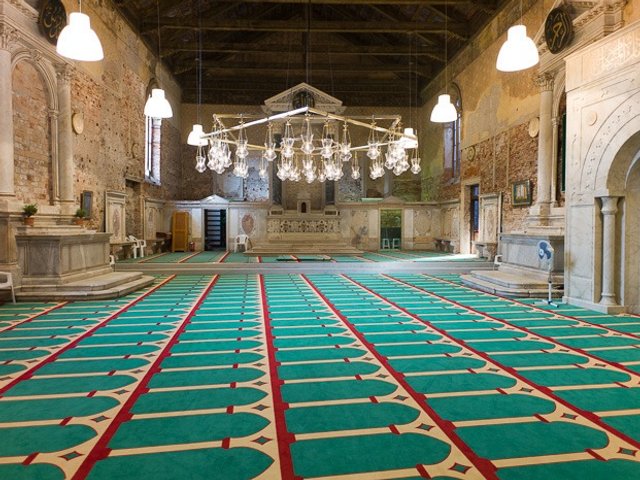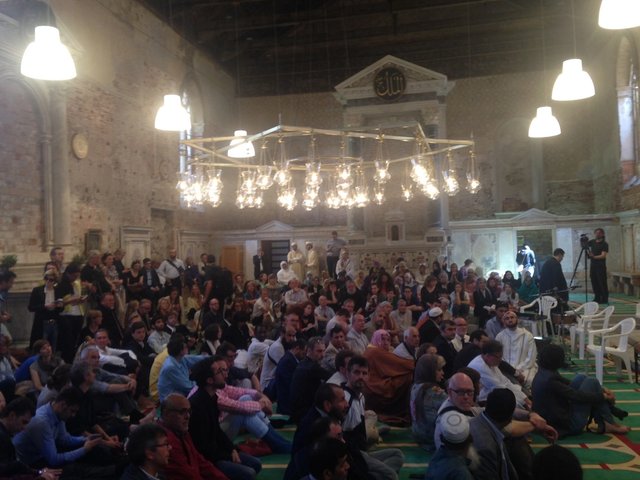A major exhibition dedicated to Christoph Büchel has been cancelled at the K21 contemporary art museum in Düsseldorf because the project planned by the Swiss conceptual artist proved too complex, the show organisers say.
According to the German newspaper Die Welt, Büchel hoped to install a supermarket in the exhibition, along with beds so that visitors could sleep over on site. But Susanne Meyer-Büser, a curator at K21, said that this “gargantuan installation” had grown too big for all parties involved in the show.
A spokesman at K21 confirmed that the exhibition, which was due to open 9 September, has been cancelled. “But not because the artist planned a supermarket and sleeping quarters—the reason is that Büchel's ideas became more and more complicated and complex,” he says. “We subsequently stopped further plans for this project by mutual agreement with the artist."
A spokesman from Hauser & Wirth gallery, that represents the artist, said: “There is nothing further to add other than Christoph is now working towards various projects including a solo show at SMAK [in Ghent] in 2017.”
Büchel is known for his ultra-realistic, often controversial installations. For last year’s Venice Biennale, he set up a mosque in the former Catholic church of Santa Maria della Misericordia located in the Cannaregio neighbourhood of the city.
But the project, Iceland’s official contribution to the biennial, was closed in late May by city authorities after being open for only two weeks. The mosque remained shut after a Venetian court declined to fast-track a motion seeking its reinstatement.
Meanwhile, his long-awaited project Terminal involves burying a Boeing 727 plane in the California desert. In 2015, we reported that Büchel was granted a two-year extension for planning permission to install it in the Mojave Desert.
Büchel is showing works in other major museum exhibitions this summer. His permanent installation Tribunal (2004-07) at the Kunstmuseum Basel, which is modelled on a US military tribunal at Guantánamo Bay, features in the institution’s summer show, Sculpture on the Move: 1946-2016 (until 18 September).



